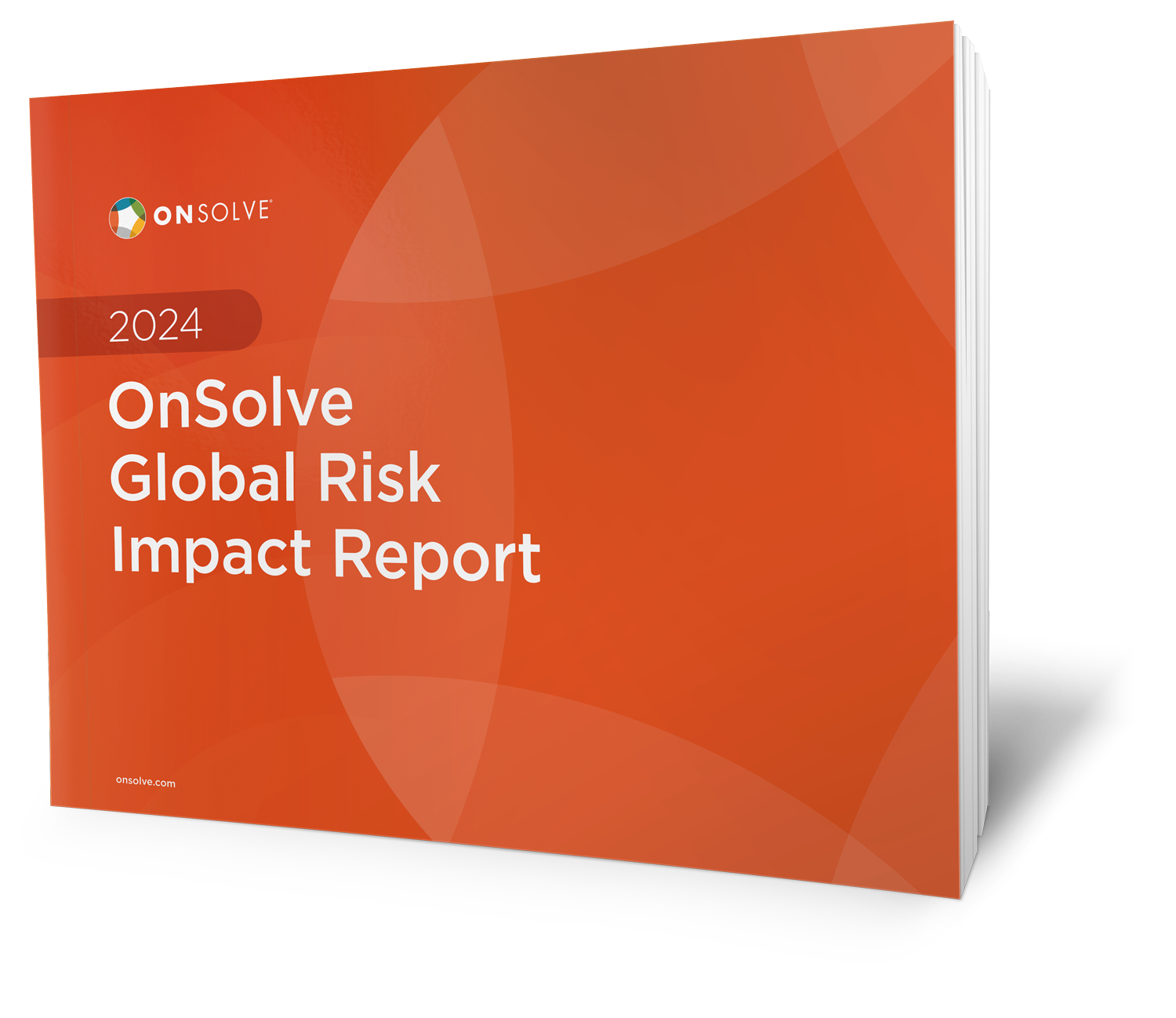Cyberattacks are on the rise, and although they don’t evoke the same dramatic images as natural disasters or civil unrest, the consequences to an organization in any industry can be devastating. That’s why cybersecurity is top of mind for all executives and their employees responsible for information security and business continuity.
Digital transformation has shown us that technology can transform nearly any process to be more efficient and streamlined. However, innovation sometimes comes at a cost. Cyberattacks are growing as fast as technological innovation, and global cybercrime costs could reach $10.5 trillion USD annually by 2025.
That’s why it’s never been more relevant — or more critical – to take proactive steps to enhance cybersecurity at your organization. The good news is that technology can be leveraged to minimize risk and improve the ability to recover quickly.
What’s Your Plan?
Resilient organizations understand that being proactive is the foundation for successfully navigating a cyberattack – or any other critical event, for that matter. That means having a plan that includes a crisis response team with the expertise to navigate these complex situations and state-of-the-art critical event management (CEM) technology to back them up. That way, when a crisis strikes, everyone knows their role and understands how to leverage CEM capabilities to protect people, places and property.
Modern Critical Event Management
Modern critical event management helps organizations heighten awareness and mitigate risk by providing actionable intelligence. In essence, by leveraging risk intelligence, critical communications and incident management capabilities, CEM answers the following three questions:
What Has Happened?
Your security expert wants to know as much detail about the cyberattack as possible. What exactly has happened? Is it a data breach? Ransomware? And the faster, the better.
Yet with endless amounts of global data, it’s impossible for analysts to continuously review and interpret with the speed and accuracy of artificial intelligence (AI). Risk intelligence harnesses AI to bring relevant data about a threat together with how it may impact your people, places or property. Your leaders can assess and communicate the threat from one place and make better and more strategic decisions around cybersecurity.
Imagine you’re the CISO of a large corporation who’s getting bombarded with emails and news reports about an incident. By the time you’ve sifted through all of the data, you’re likely to have missed the window to take action and mitigate negative impact.
Who Do We Tell and How?
When an organization is under attack by a cyber threat, timing is of the essence—it’s about getting the right information to the right people at the right time. The sooner you can transmit pertinent information to everyone in your network, the more likely you can reduce the impact of the attack. Integrated critical communications not only allows response teams to send out instant geo-targeted, two-way alerts, they play a crucial role in safeguarding employees and business assets and ensuring operational continuity.
IT departments can send automated alerts to employees, create escalation paths and use schedules to contact the right IT personnel, at the right time, so they can fix problems before they cause downtime or delays. The internet, mobile devices and social media are the modes of communication for cyber hackers; they are also the modes of communication used for those under attack. By taking advantage of multi-modal communications, your organization can minimize a threat and set a correction course more efficiently.
What Do We Do About It?
This is where your planning pays off—if you can speed up your crisis response by following a clearly defined plan, you have the best chance to mitigate any serious damage. Incident management puts control in the palm of your response team's hands. The team can seamlessly coordinate their crisis response, access response plans from anywhere, keep track of actions taken and adjust their strategy as the recovery unfolds.
A post-event chronological audit trail keeps track of who’s received what, and records every action based on your communications. This helps ensure compliance and performance and provides valuable insights on how to improve future crisis response.
Critical event management doesn’t have to be complicated, but it does need to be coordinated. By being proactive and having a plan and a team in place before a cyberattack (or any other crisis), your organization can address a critical event early and minimize the negative impact to your operations.
Learn more about creating better outcomes when faced with threats to your people, places and property in our CEM Resource Center.
 US
US

